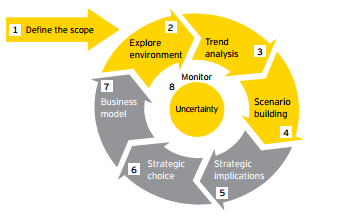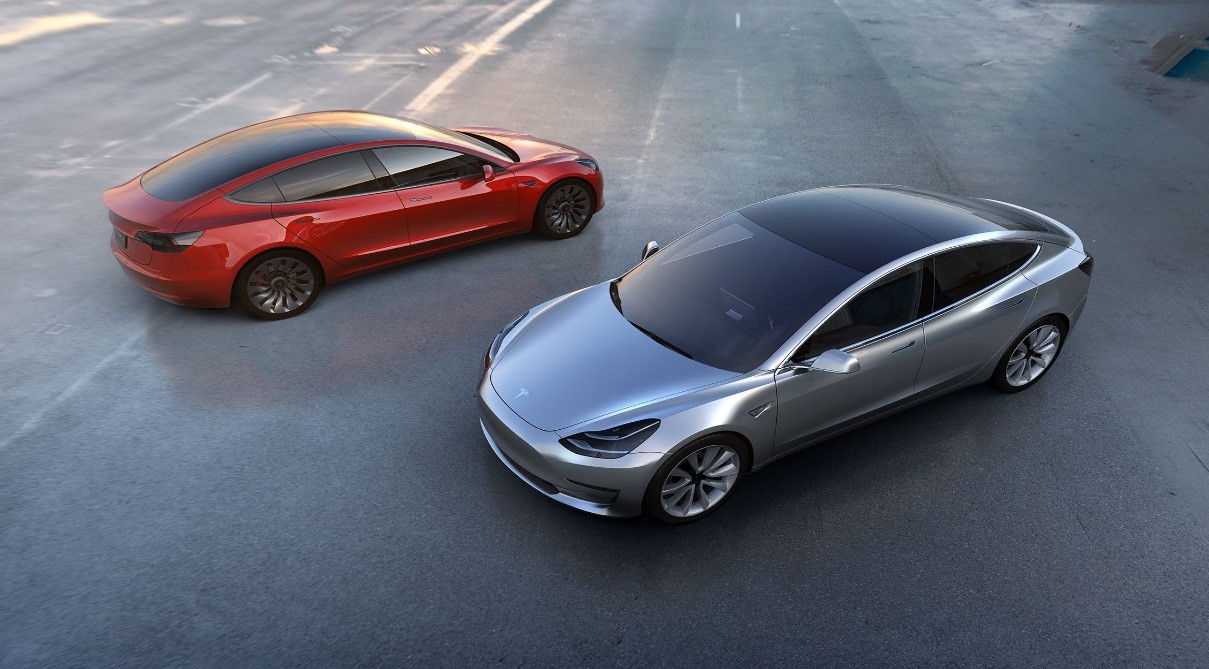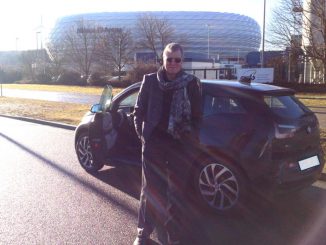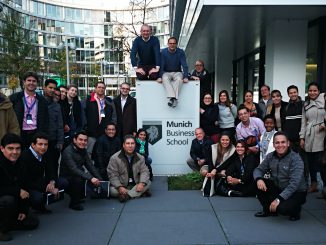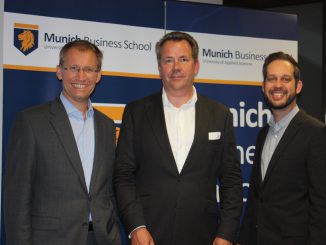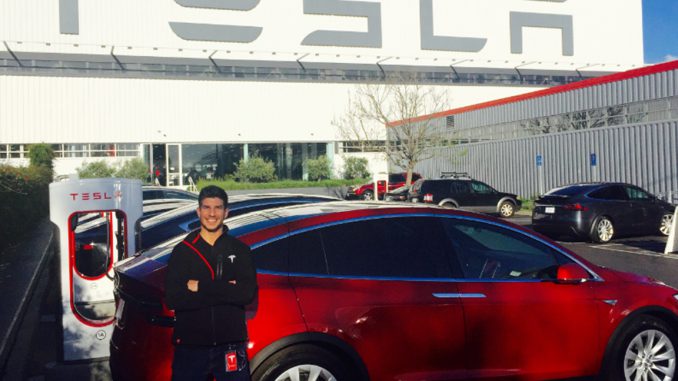
The mobility and automotive industry finds itself in a state of upheaval. Will Tesla Motors manage to maintain its competitive edge in the new era of mobility starting in 2020? We give a forecast.
Tesla Motors is strategically placed to be at the forefront of a re-thought and revitalized world-order in mobility. Arriving at this stage has not been an easy task for CEO Elon Musk and Tesla Motors, whom constantly have battled near bankrupt periods and consumer uncertainty.
According to a 2016 McKinsey & Company report on disruptive trends that will transform the automotive industry, “Mobility providers (Uber, for example), tech giants (such as Apple, Google), and specialty OEMs (Tesla, for instance) increase the complexity of the competitive landscape”2. This projected future state of the automotive industry furthers the challenge that Tesla will face. In order to sustain competitive advantage, Tesla must forecast the new era of mobility and adapt strategy accordingly.
The Automotive Industry in 2020+
Two questions must be addressed to best formulate a strategy moving forward:
- What will the automotive industry be like in 2020+?
- How will Tesla Motors align with this future state?
Forecasting the shape, size and dominate features of markets is a challenging task fraught with uncertainty. This particularly applies to large, mature markets such as the automotive industry – which is in the midst of a global makeover led by disruptive technologies and changing consumer desires. A prudent approach would be to apply a recognised methodology that has proven worth in predicting the future via a systematic assessment. A Scenario Planning Framework 3,6 presents an ideal toolkit for this endeavour. See below the 8 steps for future forecasting.
An Environment Plagued with Doubt
For our scenario, the scope of this assessment is limited to the future state of the automotive industry in the United States, with an assumption that the electric vehicle market will grow and mobility will be transformed by 2020. Thus arriving to the focal question of how Tesla Motors will have to adapt to the electric vehicle industry 2020+?
The macro environment is plagued with doubt as political, economic, social, technological, environmental and legal discussions change on a daily basis. Major areas of focus in society include environmental consciousness, volatility in the price of oil, increased regionalism, rapid urbanization, the importance of the LOHAS (Lifestyles of Health and Sustainability), the acceptance of the sharing economy, disruptive business models across all sectors, high connectivity and autonomous vehicles.
According to a 2015 report by Alix Partners, a global business advisory firm, on the future of the automotive industry, “Over the next five years the global automotive industry faces a reduction in market growth, down from an annual 3.1% (between 2007 and 2014) to an annual 2.6% (between 2015 and 2021). At the same time the industry must invest tens of billions of Euros in C.A.S.E. capabilities, which stands for (C) car connectivity, (A) autonomous or assisted driving, new mobility or car (S) sharing, and (E) electrified powertrains and components”1. These four megatrends presented in the form of C.A.S.E. capabilities, along with spotted megatrends which include continuous globalization, smart cities, big data, internet of things, urbanization, new market development, new competition and business models, smaller and lighter vehicles are driving the future forward.
A New Era of Mobility Ushered by Tesla
Tesla Motors stepped into this deep rooted, established automotive industry as a player focused on disrupting the industry with a mission to accelerate the worlds transition to sustainable energy. In doing so, Elon Musk laid out his “Secret Master Plan”: Firstly, Tesla built the Roadster: a low volume, high-priced initial offering, building Tesla’s brand and proving to the public that electric vehicles are able to compete on performance and safety with traditional cars.
This was the bridge to Phase 2: Model S and Model X. These models were positioned as medium volume, high-priced, luxury sedan and SUV. They are hugely successful products in their own right, yet, merely a step in Tesla’s procession towards expansive reach, vertical integration and profitability.
Tesla’s crowning achievement, The Model 3, is the most anticipated vehicle in world history. With over 300,000 pre-orders, consumers from across the globe have voiced their collective desire for a zero emission car; Musk’s vision has been realized; and mobility is entering a new era.
The Tesla Motors ecosystem seems to incorporate all the correct offerings to accelerate the world’s transition to sustainable transportation. Tesla continually improves its reach with its expansive supercharging stations, they have autonomous features, are at the forefront of sustainable (electric) powertrain technology, and produce arguable the greatest vehicle of all time.
Can Tesla Be Successful?
The question to ask now is, does the current Tesla Motors ecosystem incorporate all the necessary components to be successful in the future mobility environment? By analyzing key trends and projecting consumer wants /needs, it is clear that Tesla is missing a major component: a car/ ride sharing platform.
In order to tie the knot on a successful business system, Tesla must invest in the Tesla ecosystem, leading to an end-to-end service for mobility: a car sharing platform, realizing true autonomy, and continued growth in charging stations. An autonomous car sharing vehicle, for example, could reimagine transportation and herald the end of individual ownership; accelerating the path to “zero”. According to UCLA Professor Donald Shoup, “the average car is parked 95 percent of the time”4. Linking autonomy and sharing will increase utilization and no longer will cars be parked or sit in a garage; thus leading to a moving network of shared, autonomous vehicles.
Musk wants to save humanity by making us an inter-planetary species and championing a tech-based sustainability revolution. From Musk’s view, the idea of having solar panels equipped with the capability to rapidly charge an electric vehicle via home battery, and have these quiet, emission free, vehicles drive autonomously from point A to point B; sit in a pod that travels at around 700 mph from San Francisco to Los Angeles and populate Mars to hedge against terminal decline in Earth’s habitat, can all be made reality. Now incorporating the Tesla ecosystem (end-to-end service for mobility) will bridge the gap into the overall, Elon Musk super system.
Bibliography:
1 Alix Partners. (2015, June 23). The Worldwide Automotive Growth Is Slowing Down, Particularly in the BRICS. At the Same Time, the Industry Face Huge Technological Challenges. C.A.S.E. New York: Alix Partners. Retrieved March 2016, from http://www.alixpartners.com/en/MediaCenter/PressReleases/tabid/821/articleType/ArticleView/articleId/1690/The-Worldwide-Automotive-Growth-Is-Slowing-Down-Particularly-in-the-BRICS-At-the-Same-Time-the-Industry-Face-Huge-Technological-Challenges-CASE.aspx#
2 Gao, P., Hensley, R., & Zielke, A. (2014, October). A road map to the future for the auto industry. McKinsey & Company. Retrieved March 2016, from http://www.mckinsey.com/industries/automotive-and-assembly/our-insights/a-road-map-to-the-future-for-the-auto-industry
3 Gausemeier, J., Fink, A., & Schlake, O. (1998). Scenario Management: An Approach to Develop Future Potentials. Elsevier, 59(2), 111–130.
4 Knack, R. E. (2005, May). Pay As You Park. American Planning Association. Retrieved March 2016, from http://shoup.bol.ucla.edu/PayAsYouPark.htm
5 Tesla Motors. (2016, June). Tesla Motors . Retrieved from teslamotors.com: www.teslamotors.com/model3
6 Verhees, P., Wisse, A., & Reede, B. (2012). How will consumers communicate in 2020? Performance, 4(4), 8. Retrieved March 2016, from http://performance.ey.com/wp-content/uploads/downloads/2012/11/How-will-consumers-comm.pdf
The authors are responsible for the content and form of this article.

You are interested in economics and want to acquire in-depth business know-how?
Then the international business degrees at Munich Business School (MBS) are just right for you! At MBS you won’t cram dry theory from old textbooks, but learn in a outcome-oriented way and gain valuable practical experience. Convince yourself:
Bachelor’s in International Business
Master’s in International Business
Master’s in International Business I Finance
Master’s in Innovation and Entrepreneurship
Master’s in International Marketing and Brand Management
Master’s in Sports Business and Communication
MBA General Management
Doctor of Business Administration

